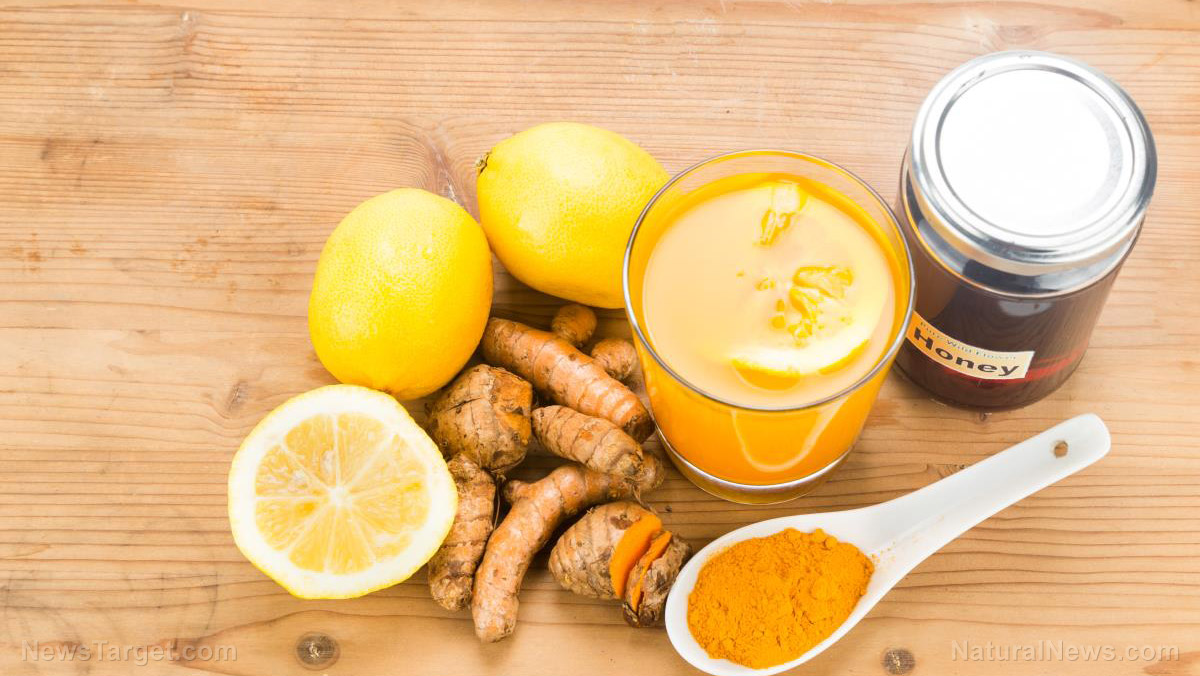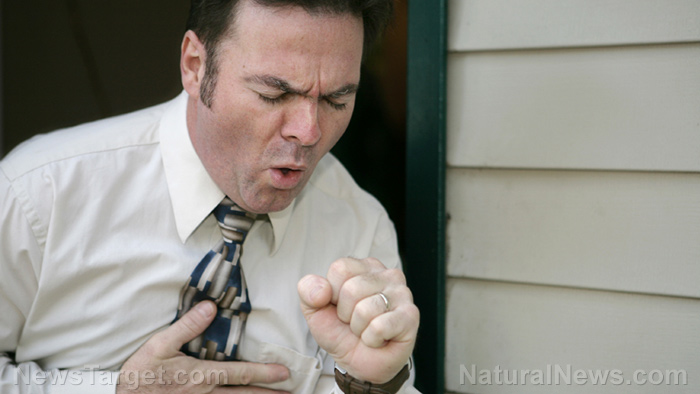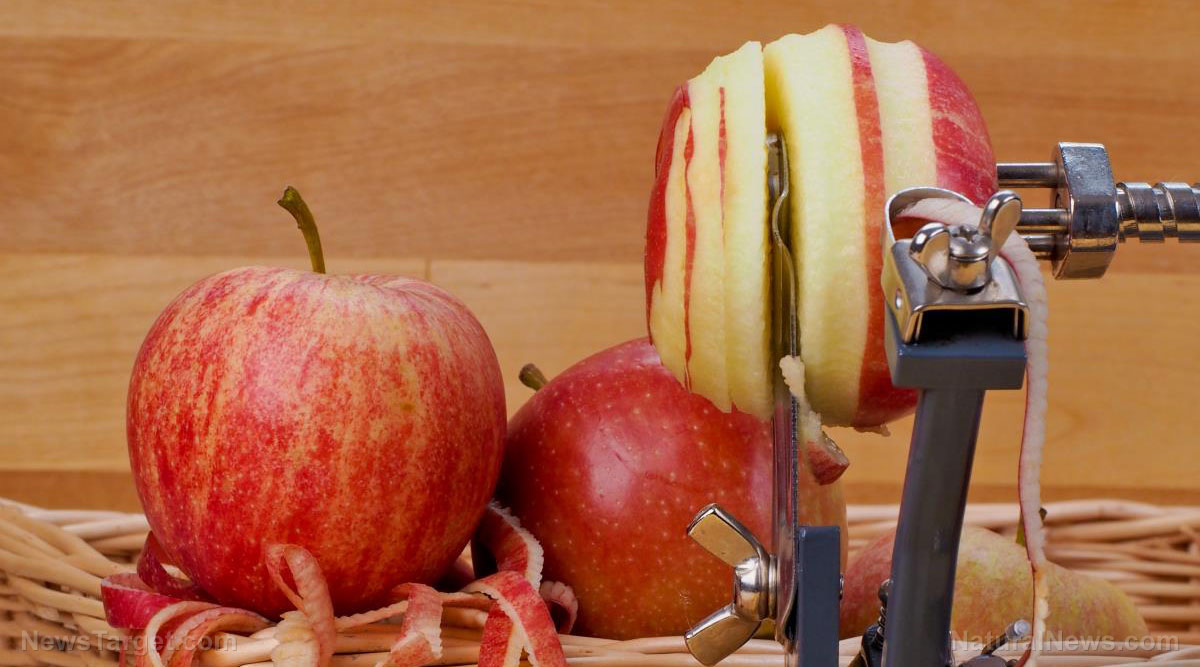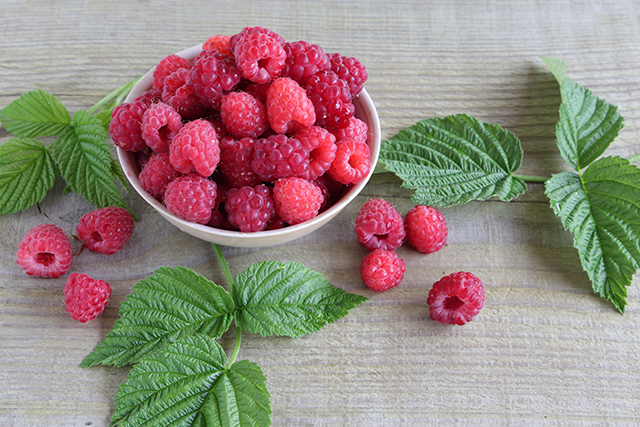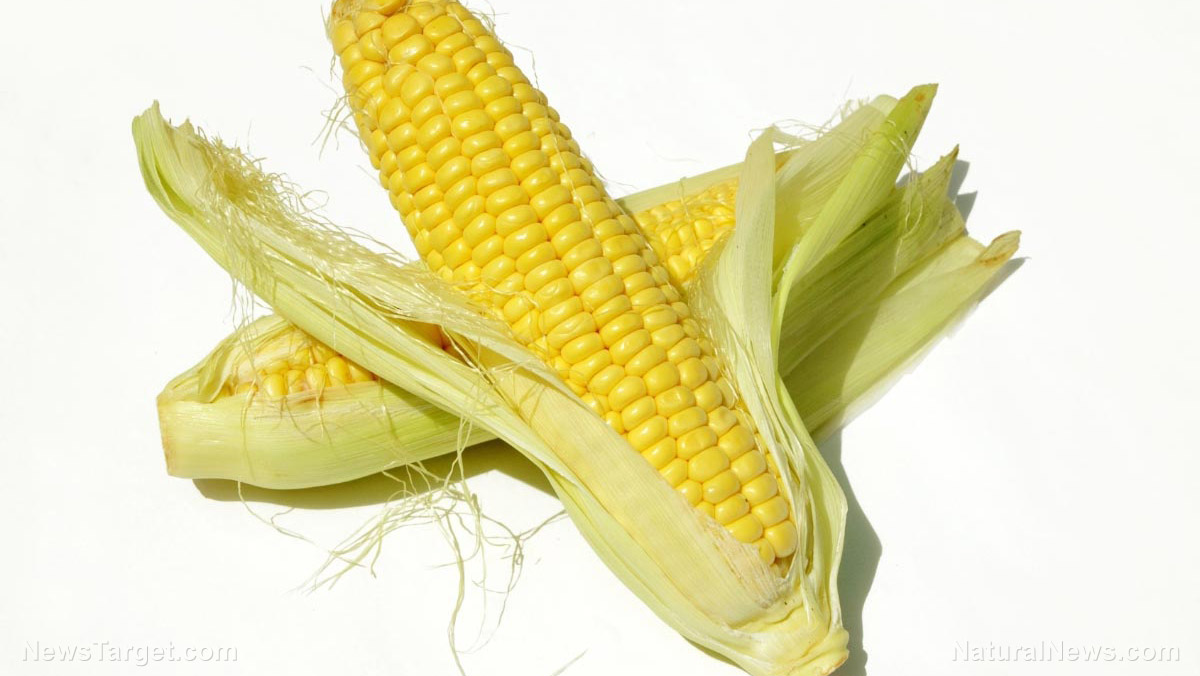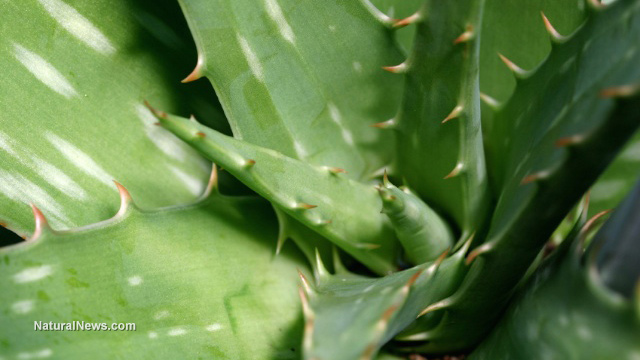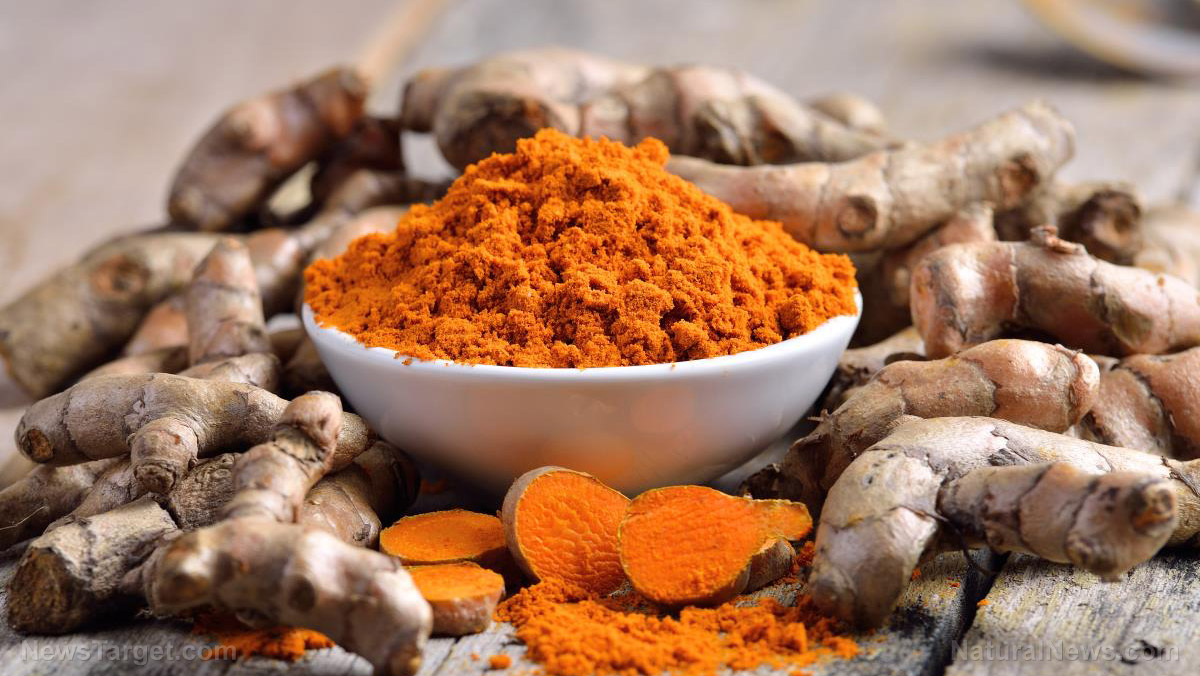Destroy household mold with this all-natural spray
03/28/2019 / By D. Samuelson

Most people think of mold only as a health hazard, despite it being a fungus – just like mushrooms, yeast, and mildew. There are over 100,000 various types of mold lurking indoors and outdoors, traveling spore by spore, looking for moisture and food.
Some molds are quite beneficial: They help break down food, plants and leaves, and are used to create certain cheeses and medicines. However, there are also molds that can cause serious illness. Included in this category are Aspergillus and Stachybotrys – better known as black mold. This mold family is extremely toxic. It produces mycotoxins that can be lethal to animals as well as humans.
A simple, all-natural spray for non-toxic mold
If you see mold in your home, it’s important to not automatically assume that it is the deadly black mold, which can only be removed by professionals. An article in The Hearty Soul suggests purchasing a mold testing kit where the sample will be sent to a lab for confirmation. It is essential to understand the type of mold growing under your sink, in your walls, on your back porch or on your bathroom tiles. Even if molds are non-toxic, they can still be an allergy risk or possibly damage your property.
But there is a natural solution against thousands of these non-toxic molds – and it starts with tea tree oil.
To make your own solution, start by adding 2 teaspoons of tea tree oil to 2 cups of water. Pour the mixture into a spray bottle and shake. Now, all you need are some dry cotton cloths and a little elbow grease. Spray your solution anywhere you see the mold. Don’t wipe it right away. Instead, let the mixture trickle down and soak into the mold for a few hours. Make sure you have a dry cotton cloth to wipe where you’ve sprayed the mold. Use as much as you need to get it out. (Related: Black mold disease is silently killing millions of people – and nobody knows about it.)
The power of the elements: Discover Colloidal Silver Mouthwash with quality, natural ingredients like Sangre de Drago sap, black walnut hulls, menthol crystals and more. Zero artificial sweeteners, colors or alcohol. Learn more at the Health Ranger Store and help support this news site.
More on indoor molds
Molds grow in areas that are damp and wet. It prefers a humidity level above 60 percent and a convenient food source, like insulation, drywall and just about any type of building material. These can come in a variety of colors – gray, brown, white, yellow, green or black – and it can look “furry, slimy, or powdery.”
Many forms of mold are harmless, but if a person is overexposed to indoor mold, it can impact the respiratory system and cause allergies. Recent studies completed by the Berkeley National Laboratory and the EPA demonstrate that out of 21.8 million people with asthma, 4.6 million cases are “attributable to dampness and mold exposure in the home.”
It’s possible that you might smell mold before you see it spreading. That’s because the mold produces volatile organic compounds (VOCs) which have very “strong and objectionable odors.” If this is the case, especially if you have younger children, elderly persons or anyone in the house with allergies, asthma or a compromised immune system, do not start uncovering walls or floors where you suspect the mold is lurking. Instead, contact a mold remediation inspection professional.
Sources include:
Tagged Under: Black Mold, Mold types, Mytotoxins, natural remedies, Non Toxic Molds, Tea Tree Oil



